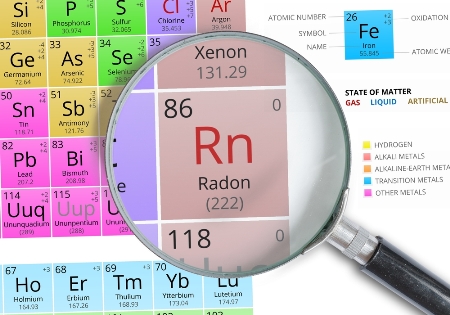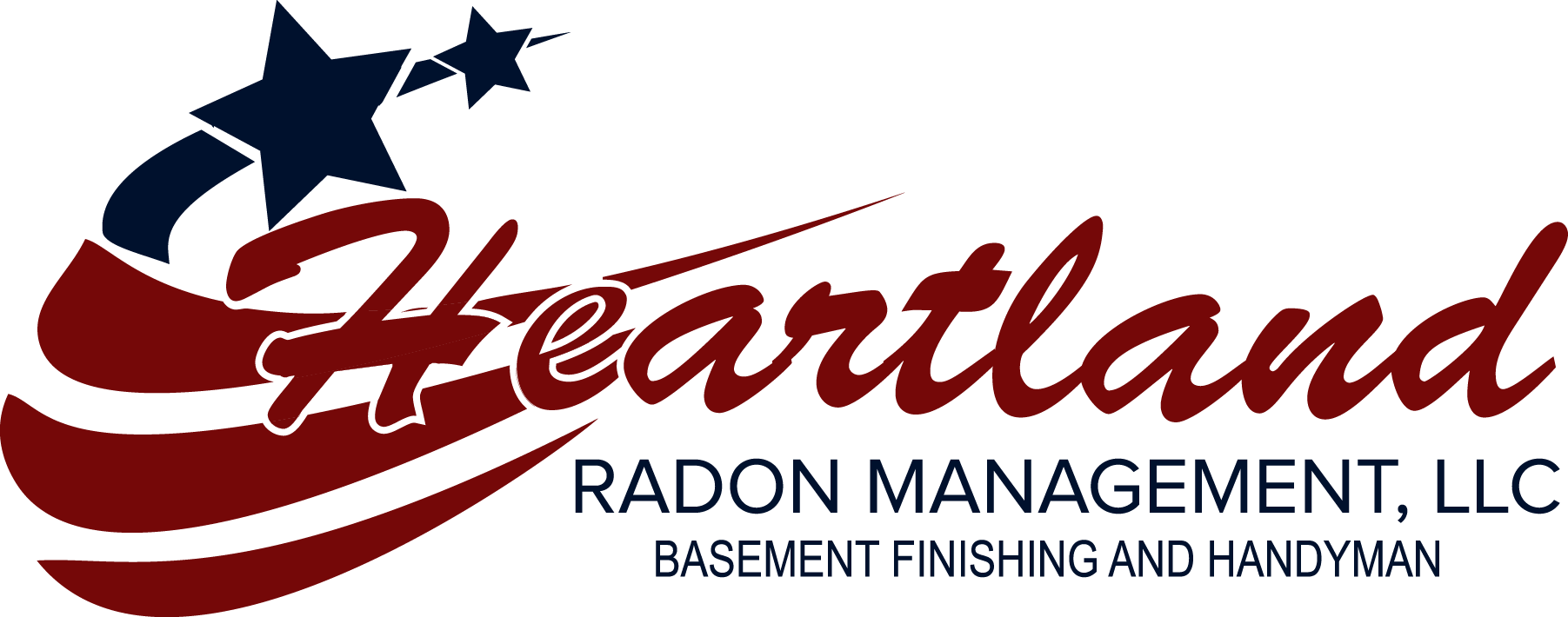WHAT IS RADON?

Radon is odorless, tasteless and invisible.
Radon is a Class A carcinogen produced by the decay of naturally occurring uranium in soil and water. As a radioactive gas, elevated levels of radon are a health hazard.
The U.S. Environmental Protection Agency (EPA) estimates that about 21,000 lung cancer deaths each year are radon related. Exposure to radon in indoor air is the leading cause of lung cancer among non-smokers and the second leading cause of lung cancer after smoking. Only smoking causes more lung cancer deaths. If you smoke and your home has high radon levels, your risk of lung cancer is especially high.
Smoking combined with radon is an especially serious health risk. Stop smoking and lower your radon level to reduce your lung cancer risk.
Scientists are more certain about radon risks than risks from most other cancer-causing substances.
Radon gas decays into radioactive particles that can be trapped in your lungs when you breathe. As they break down further, these particles release small bursts of energy. This can damage lung tissue and lead to lung cancer over the course of your lifetime. Not everyone exposed to elevated levels of radon will develop lung cancer. And, the amount of time between exposure and the onset of the disease may be many years.
There is some uncertainty about the magnitude of radon health risks. However, we know more about radon risks than risks from most other cancer-causing substances. This is because estimates of radon risks are based on studies of cancer in humans (underground miners).
Unfortunately, there is currently no conclusive data on whether children are at greater risk than adults from radon.
Your chances of getting lung cancer from radon depend mostly on:
• Radon levels in your home
• How much time is spent in the home
• If you are a smoker or ever have been
The EPA strongly recommends that steps be taken to reduce the indoor radon level in your home when the test result is 4 picocuries per liter (pCi/L) of radon in air, or more.
Radon levels can vary greatly from home to home—even your neighbor next door. Basement, crawl space, slab on grade or foundation combinations can have a radon problem. The U.S. Surgeon General recommends ALL homes be tested for radon gas.
